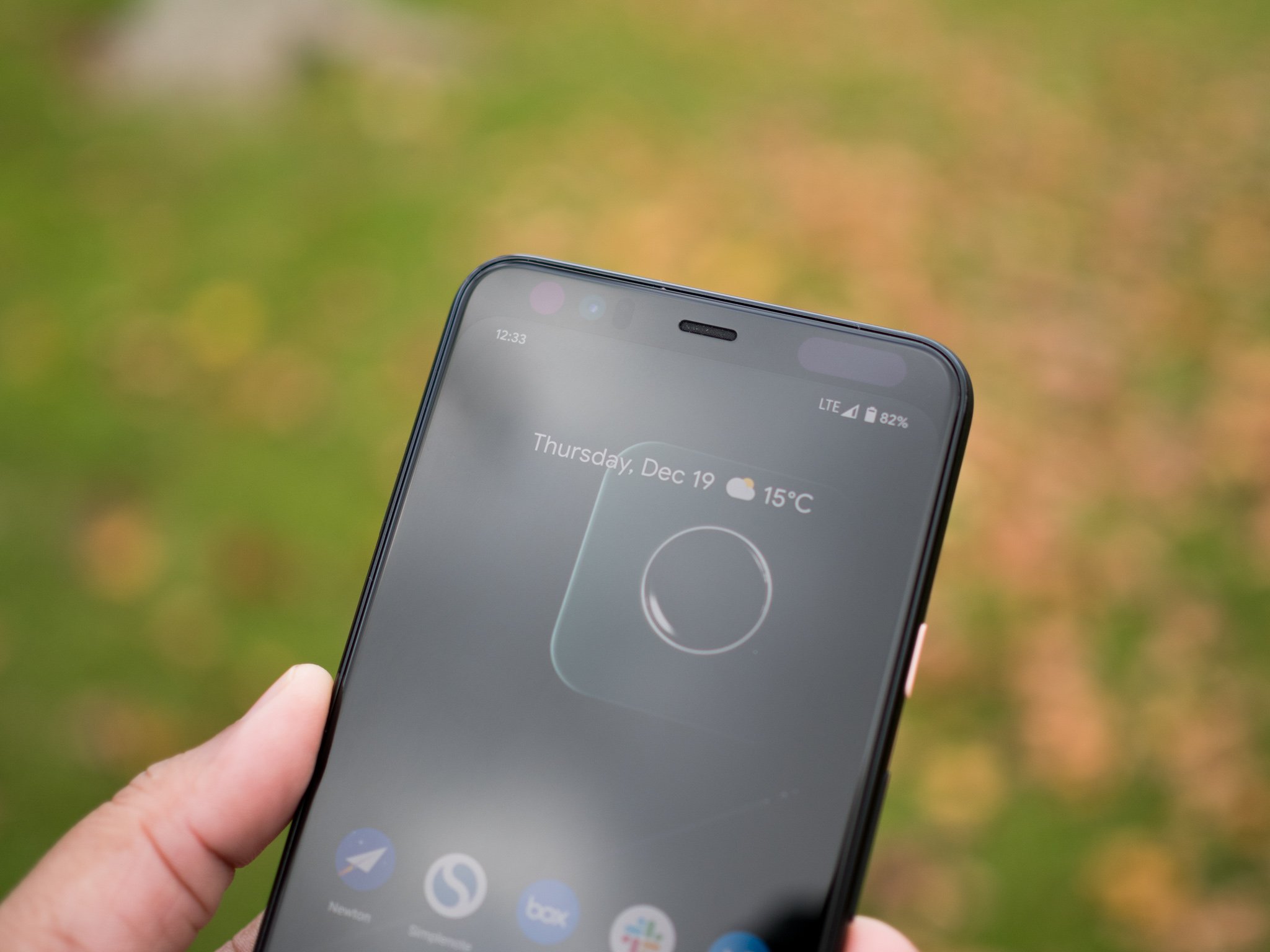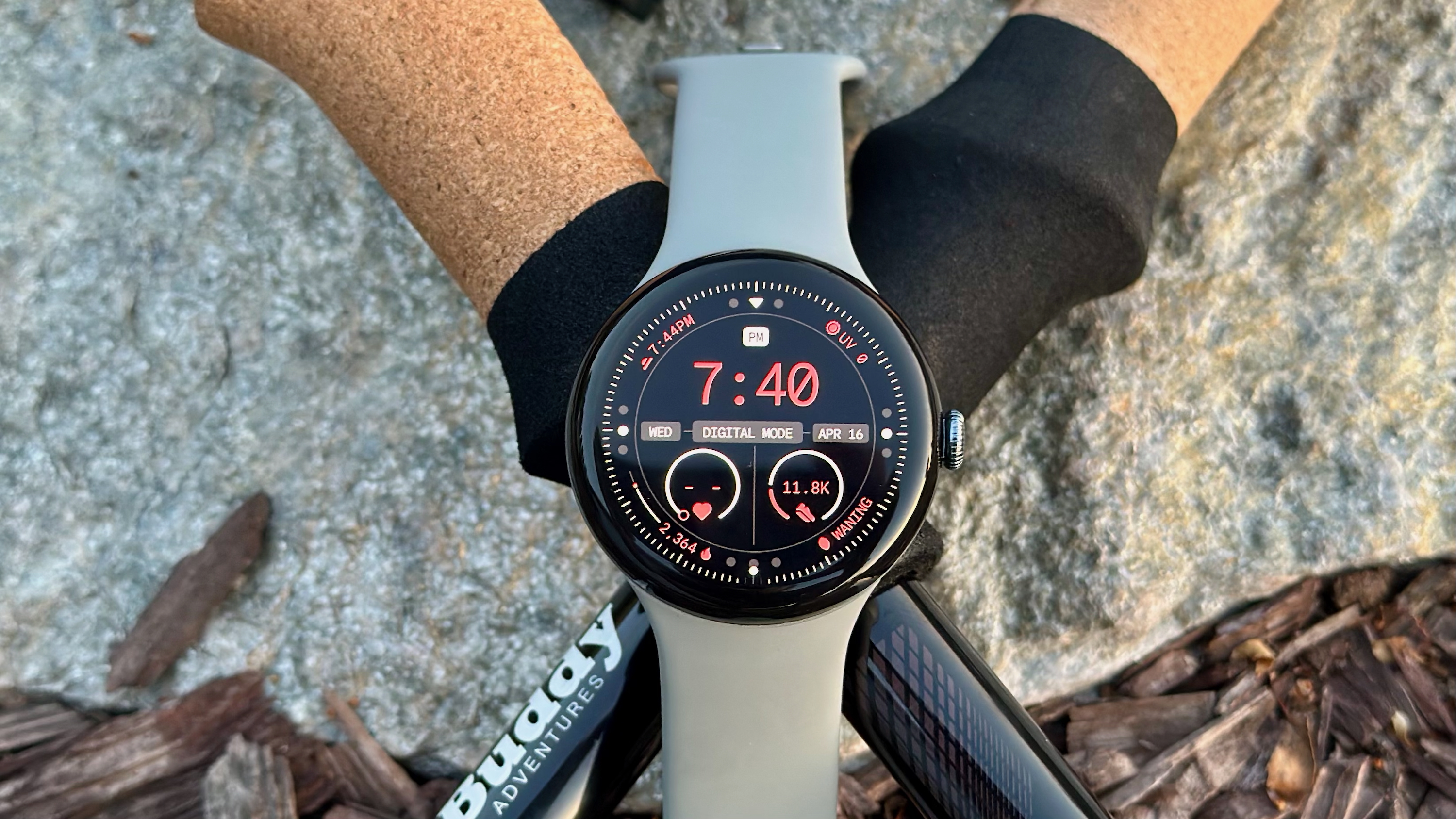Here's why the Pixel 4a will be a better phone without Soli

When Google launched the Pixel 4 and 4 XL last year, it spent a considerable amount of time showing off Motion Sense, a gesture system that lets you control the phone by waving your hand over the display. While that sounds incredibly cool, the final implementation was far from perfect. All you could do with the feature was dismiss calls, snooze alarms, and control media playback on select streaming services.
Motion Sense is still very limited in its capabilities, and there just isn't a good enough reason to use it.
Three months after its launch, Motion Sense is still limited in its capabilities. There isn't any compelling reason to use the feature, and that makes it all the more frustrating because it was due to Motion Sense that Google didn't launch the Pixel 4 in India.
Motion Sense relies on specialized radar hardware that Google developed over the last four years — called Soli — and because it works over the 60Hz frequency, Google needed to get permission from global markets. It failed to do so in India and ultimately decided to not launch the phone in the country. That's not all; Motion Sense is geo-restricted, so regardless of where you buy the Pixel 4, the feature is automatically disabled the moment you start using the phone in a country where it isn't available.
I used the Pixel 4 XL for over a month in the U.S., and I wanted to see what it was like to use the phone in a country where Motion Sense doesn't work. One thing, in particular, stood out in the two weeks I used the Pixel 4 XL in India: battery life. The battery life on my Pixel 4 XL was horrid, but with Soli disabled, I'm consistently getting a day's worth of use without any issues.
Soli is Google's Bixby — the Pixel 4a will be a better phone for not having the radar hardware.
That brings me to the crux of my argument: By focusing so much on getting Soli to work, Google once again ignored key areas where it could have improved the hardware. For all of its advances in computational photography, Google continues to lag behind its rivals in basic hardware features like biometrics, charging technologies, and memory configurations.
I'm now looking forward to seeing what Google does with the mid-range Pixel 4a. If recent leaks are any indication, the Pixel 4a will have a similar design aesthetic as the Pixel 4, but with a single camera at the back and a hole-punch cutout up front. The presence of a traditional fingerprint reader at the back all but confirms that Pixel 4a will not feature Soli hardware, and that means the phone has a shot at launching in more markets around the world.
Lately, I've been more interested in Google's mid-range efforts than its flagship offerings. Google doesn't have a shot against Samsung and Huawei in the premium segment — the Pixel 4 XL is just not worth $900 — but it could carve out a niche for itself in the mid-range category. We've already seen that with the Pixel 3a series, and Google now needs to deliver meaningful updates with the Pixel 4a to continue its momentum in this segment.
Be an expert in 5 minutes
Get the latest news from Android Central, your trusted companion in the world of Android
Google Pixel 4a: News, Leaks, Release Date, Specs, and Rumors!

Harish Jonnalagadda is Android Central's Senior Editor overseeing mobile coverage. In his current role, he leads the site's coverage of Chinese phone brands, networking products, and AV gear. He has been testing phones for over a decade, and has extensive experience in mobile hardware and the global semiconductor industry. Contact him on Twitter at @chunkynerd.
